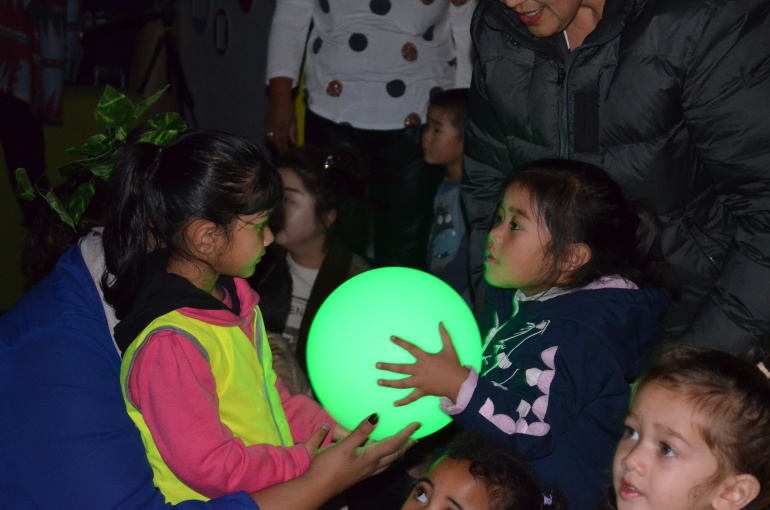News And Events

Science Pataiao
3 October 2019Children are born scientists – they are innately curious about the physical environment and naturally open to making meaning through their exploration and conversations with others.
Science teaching and learning is about introducing children to the ways scientists think about and investigate the physical environment. Scientists do this in two ways:
- They explore and confirm ideas about the physical environment we live in through investigation and exploration.
- They form hypotheses or “working theories” to make sense of the physical environment and identify these as science knowledge.
Science has traditionally been separated into five disciplines:
Living world (biology) – for example, plants and animals
Physical world (physics) – for example, forces, light, and sound
Material world (chemistry) – for example, melting and dissolving
Planet earth (geology) – for example, rocks and soil
And beyond (astronomy) – for example, planets and stars
Each discipline has specific ways of exploring and investigating the physical environment.
Alongside this “western” framework of science sits a Te Ao Māori world view. An example of a difference between the two is that from a Te Ao Māori perspective, water and planet earth (papatūānuku) are living entities, while for western science they are objects and substance with no life force.
In Aotearoa New Zealand, there is a growing interest, appreciation, and integration of mātauranga Māori (traditional knowledge) in our understanding of the world. A rich curriculum for science is one that acknowledges, respects, and draws on the similarities and differences between both world views.
Information from https://tewhariki.tki.org.nz
At Nurtured at Home, every two years we hold a Pumpkin Growing competition so that tamariki can explore the living world, we have provided Educators with the recipe and ingredients for making gloop for tamariki to explore the material world, and during Matariki many of our Educators set up an area of exploration celebrating the stars beyond our planet. We investigated the process of baking as an opportunity for tamariki to explore mathematical and scientific concepts and this month we celebrate the living world again with sunflower seeds for tamariki to grow and learn about the life cycle of a plant.


